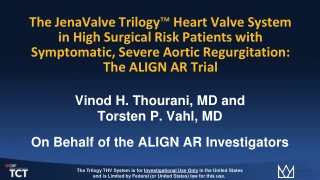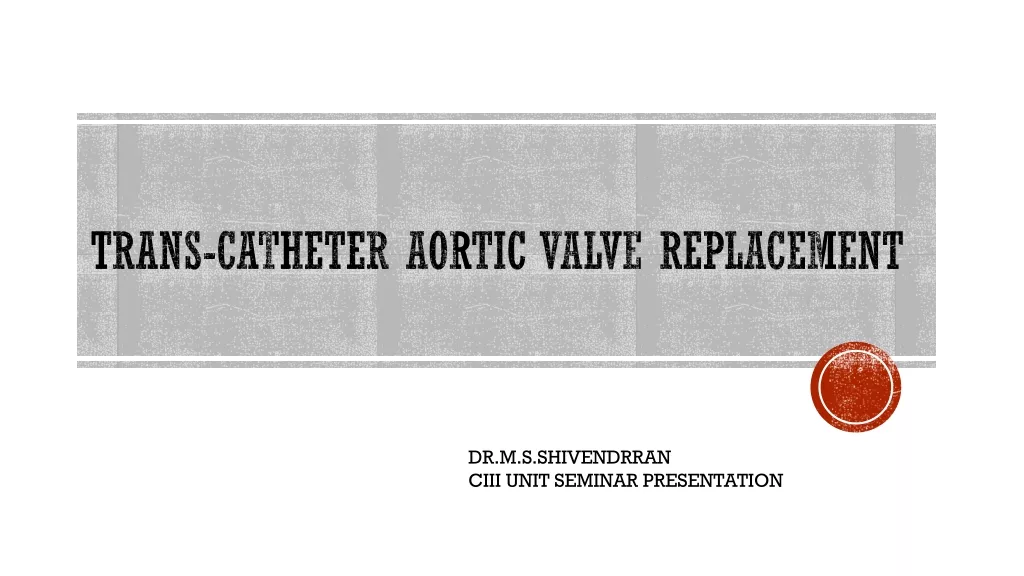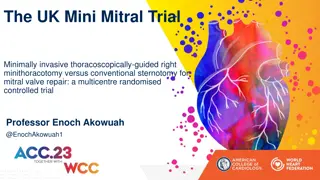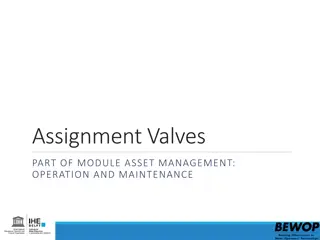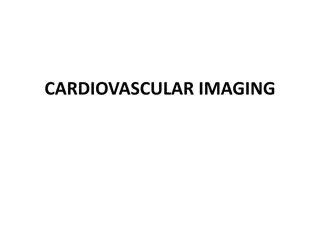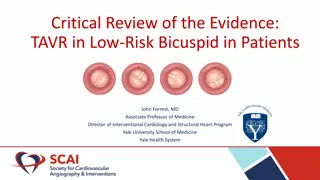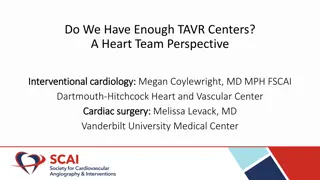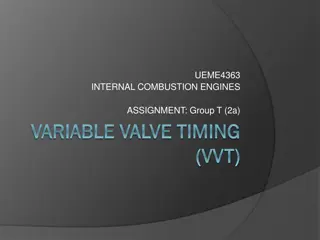
Understanding Aortic and Pulmonary Valve Diseases
Explore a comprehensive guide on aortic and pulmonary valve diseases, covering types, symptoms, risk factors, complications, diagnostic tests, surgical management, and more. Learn about the causes and treatments to manage these conditions effectively.
Download Presentation

Please find below an Image/Link to download the presentation.
The content on the website is provided AS IS for your information and personal use only. It may not be sold, licensed, or shared on other websites without obtaining consent from the author. If you encounter any issues during the download, it is possible that the publisher has removed the file from their server.
You are allowed to download the files provided on this website for personal or commercial use, subject to the condition that they are used lawfully. All files are the property of their respective owners.
The content on the website is provided AS IS for your information and personal use only. It may not be sold, licensed, or shared on other websites without obtaining consent from the author.
E N D
Presentation Transcript
AORTIC AND PULMONARY VALVE DISEASES By: Gincy Samuel Asst. Professor Department: MSN
AORTIC VALVE DISEASES The valve between the main pumping chamber of the heart (left ventricle) and the main artery to the body (aorta) doesn't work properly. It is a congenital disease.
Risk factors Older age congenital heart diseases History of infections that can affect the heart Chronic kidney disease History of radiation therapy to the chest
Types of aortic valve disease Aortic valve stenosis: The aortic valve become thick and stiff or fuse together. This causes narrowing of the aortic valve opening. Aortic valve regurgitation: The aortic valve doesn't close properly which causes backward flow of blood into the left ventricle.
Symptoms Abnormal heart sound (heart murmur) Shortness of breath( during activity or lying down) Dizziness Fainting Chest pain or tightness Irregular heartbeat Fatigue (after activity) Anorexia No weight gain
Complications Heart failure Stroke Blood clots Heart rhythm abnormalities Death
Diagnostic test Echocardiogram Cardiac computerized tomography (CT) scan Cardiac MRI Chest x-ray Exercise tests or stress tests Cardiac catheterization
Surgical management Aortic valve repair (valvuloplasty) Aortic valve replacement
Pulmonary valve diseases The pulmonary valve located between the heart's lower right heart chamber (right ventricle) and the artery that delivers blood to the lungs (pulmonary artery) doesn't work properly
Causes and Risk factors Rheumatic fever Pulmonary valve replacement Congenital heart abnormalities
Complications Infection Heart-pumping problems Heart failure Irregular heartbeat (arrhythmia)
Symptoms of pulmonary stenosis Heart murmur an abnormal whooshing sound heard using a stethoscope, caused by turbulent blood flow Fatigue Shortness of breath (during exertion) Chest pain Loss of consciousness (fainting)
Treatment Balloon valvuloplasty Open-heart surgery
Tricuspid valve disease The valve between the two right heart chambers (right ventricle and right atrium) doesn't function properly.
Symptoms of Tricuspid valve regurgitation Fatigue Reduced exercise capacity Swelling in the abdomen, legs or neck veins Abnormal heart rhythms Palpitation Shortness of breath with activity
Causes and risk factors Infective endocarditis Pacemakers Endo myocardial biopsy chest trauma Rheumatic fever Congenital heart defects Radiation

